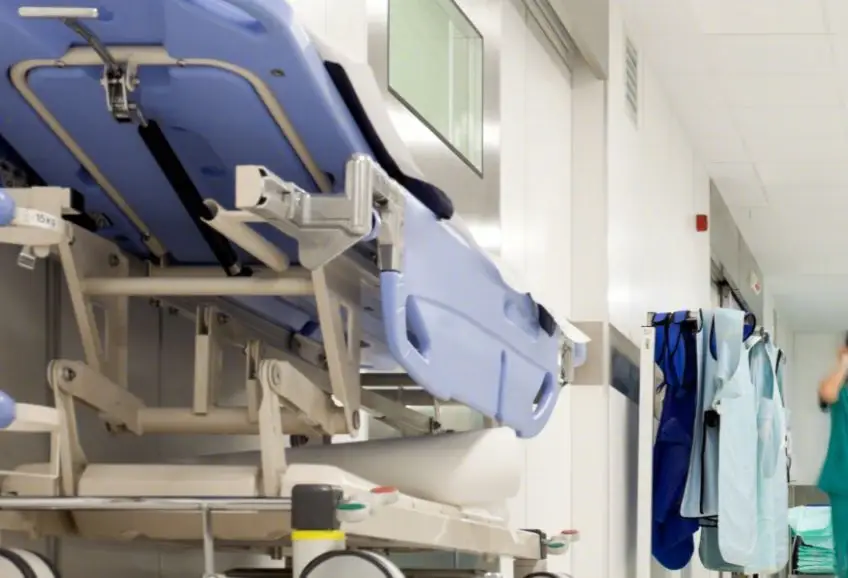 京东健康互联网医院
京东健康互联网医院
 网站导航
网站导航
海口市龙华区大同街道龙昆社区卫生服务中心青光眼是一组以眼压异常,导致视神经萎缩及凹陷、视野缺损及视力下降为共同特征的眼科常见疾病,是不可逆转的。,原发性青光眼的病因尚不清楚,可能与遗传因素有关。 继发性青光眼常见的原发病变主要有炎症、外伤、出血、血管疾病、相关药物、眼部手术及占位性病变等,干扰或破坏了正常的房水循环。 先天性青光眼是由于胎儿时期前房角组织发育异常而引起。,眼底,原发性青光眼患者可在药物控制眼压后行手术治疗;继发性青光眼患者在药物控制眼压后行相应原发病治疗,如老年性白内障膨胀期继发青光眼患者,在控制眼压后行白内障手术治疗。,急性虹膜睫状体炎 可出现视力下降明显,视物模糊,眼球疼痛,眼睛充血等症状,眼科检查鉴别前房深度正常,前房闪光明显阳性、有浮游物,瞳孔缩小有后粘连,眼压正常或偏低或稍高,角膜后壁有较多灰白色沉着物。 其他系统疾病 因闭角型青光眼急性发作时,常有头痛、恶心、呕吐等症状,可被误诊为脑血管疾病或胃肠系统疾病,可通过眼科检查进行确认。,无,眼内组织结构检查 包括裂隙灯显微镜检查、前房角镜检查、眼底照相和光学相干断层扫描(OCT)检查等。 裂隙灯显微镜检查可观察角膜水肿、前房深浅、瞳孔活动等情况。 前房角镜可清晰观察房角图像。 眼底照相可观察眼底视盘形态及杯盘比有无异常。 光学相干断层扫描可分析患者视神经纤维层厚度及黄斑区厚度。 检查时保持良好心态,呼吸平稳,眼部保持平静,不要随便眨眼或者转动眼球。听从医生指挥转动眼球。 眼压测量 判断眼压情况。 青光眼患者常合并病理性高眼压。 双眼同时注视前方,睁大眼睛注视仪器内红色指示点。测量时有轻微气流喷出,避免瞬目(眨眼或闭眼)及后退。 视野检查 判断视野有无缺损,高眼压症发展为青光眼时可出现视野缺损。 医生会将你的一眼遮盖,伸出自己的手来回摆动,在两人之间从各个方向的外周向中心移动。觉察手指出现的刹那,立即告知医生。 视野仪检查需要患者按医生要求判断闪烁光标,手动按压按钮。,。


 0
0

 0
0

 0
0

 0
0

 1
1

 1
1

 1
1

 1
1

 1
1

 2
2
